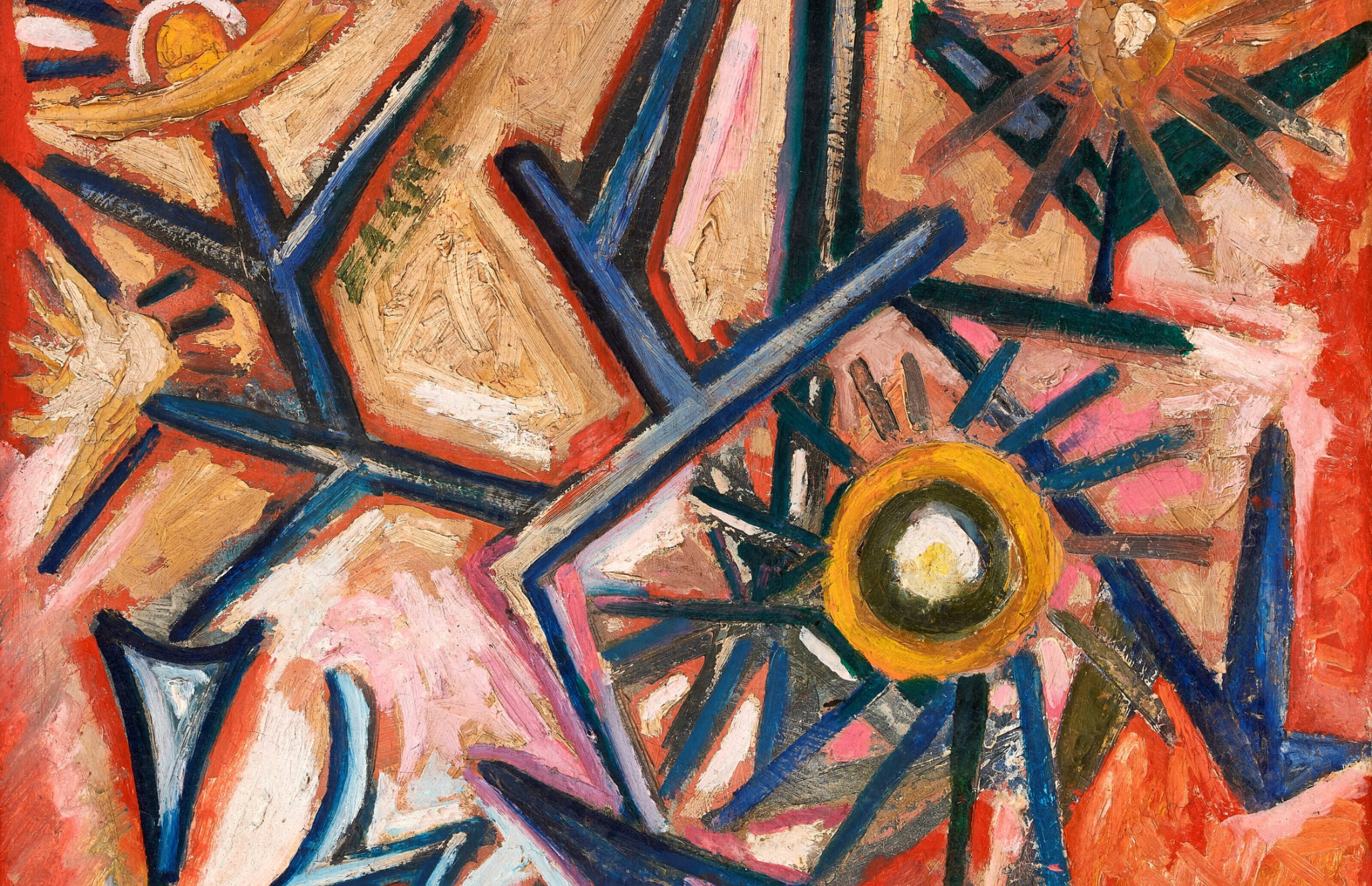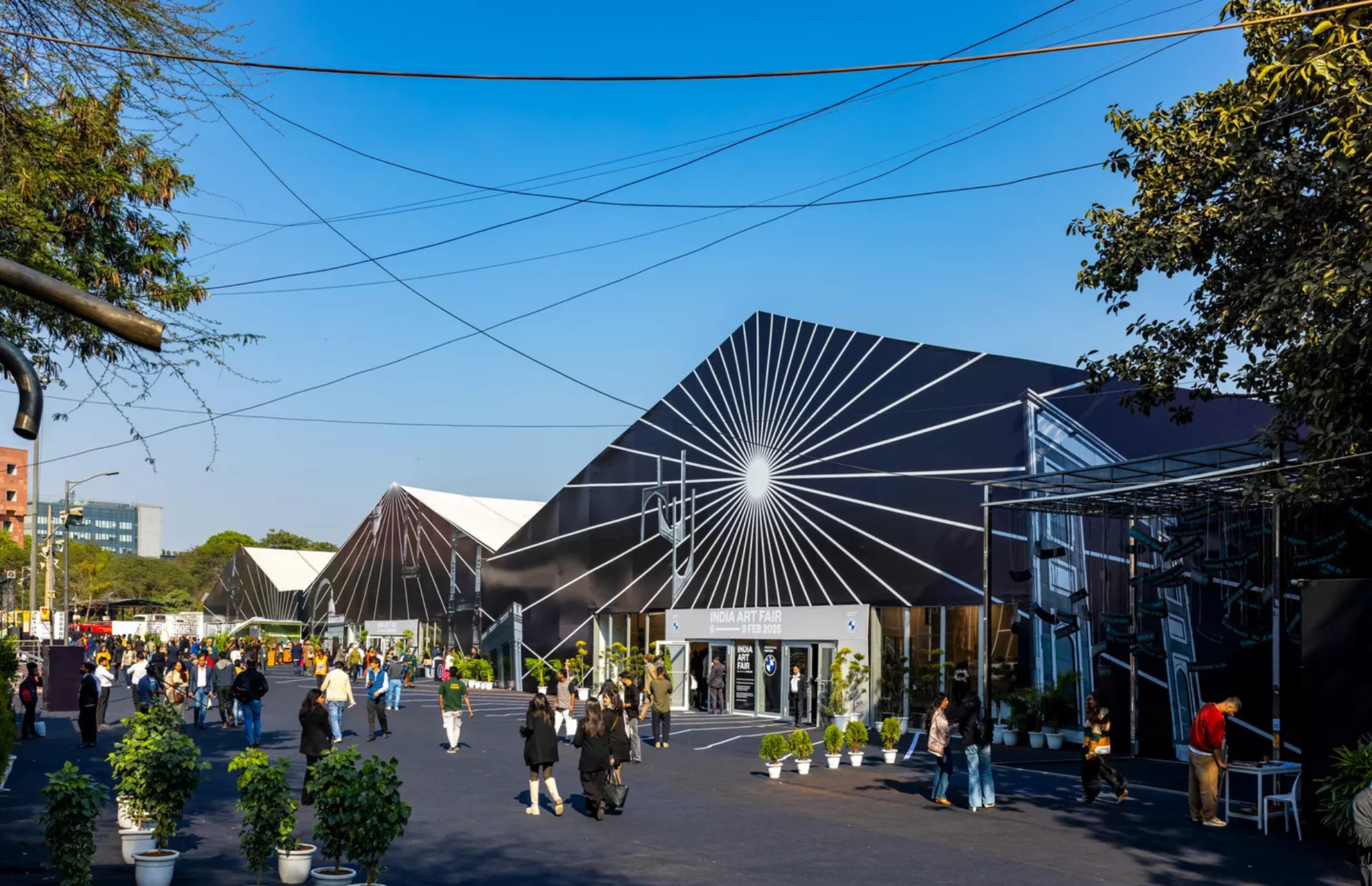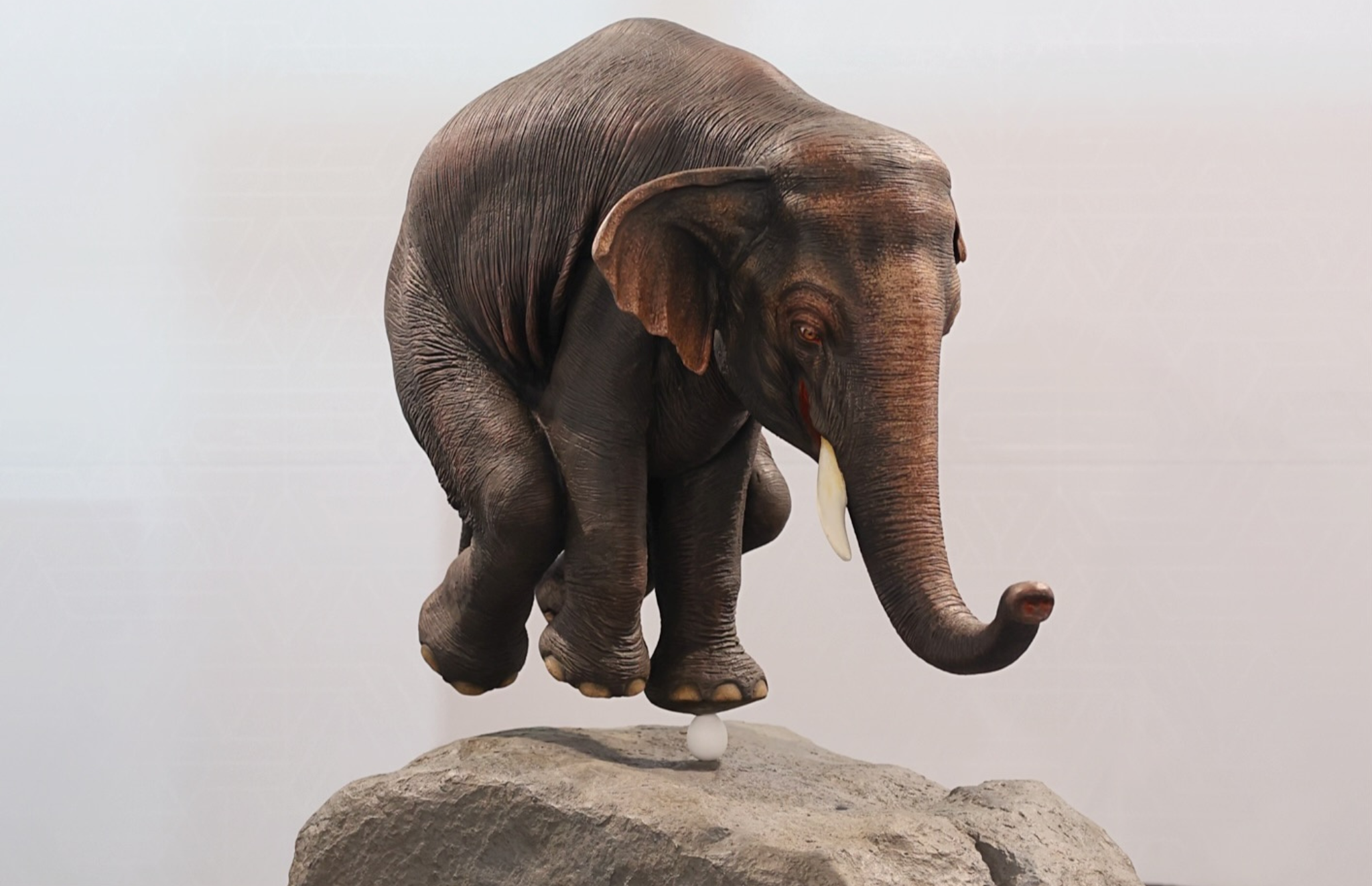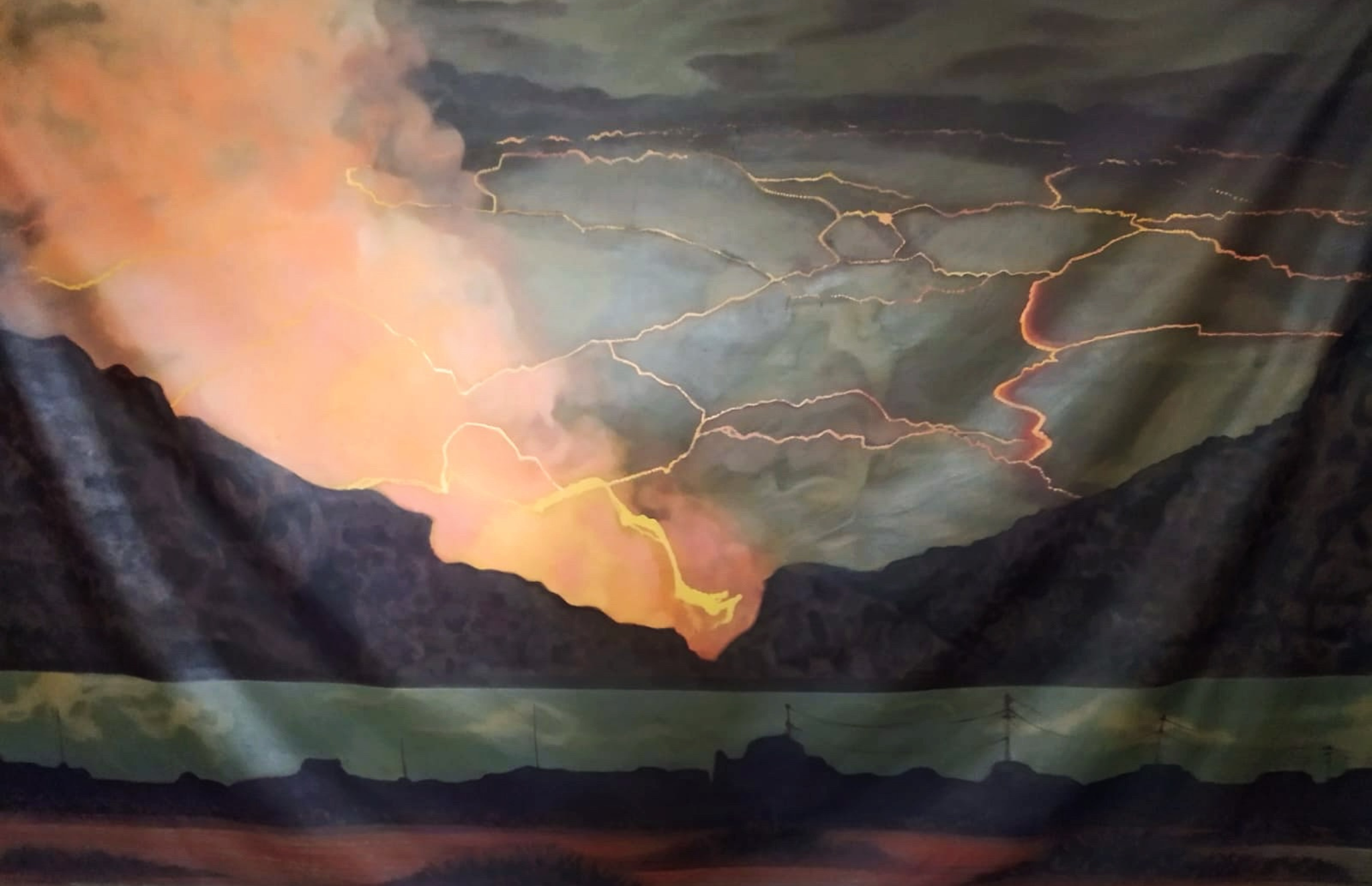Unveiling Lisbon's Cultural Treasure
Lisbon, the capital city of Portugal, is home to several fascinating museums that showcase the country’s rich history, culture, and architectural marvels. Lisbon’s museums seamlessly blend ancient artifacts with contemporary works. The Museu Nacional de Arte Antiga showcases an extensive collection of fine art and decorative objects of Portuguese and European art from the Middle Ages to the 19th century. One of the most iconic features of Lisbon’s museums is their celebration of azulejos, the traditional vibrant Portuguese tiles.

MAAT (Museum of Art)
MAAT Museum of Art, Architecture, and Technology was designed by British Architect, Amanda Levende. MAAT’s ambition is to present national and international exhibitions by contemporary artists, architects, and thinkers. MAAT’s exhibition, “Archipelago Hervé Di Rosa”, displays an infinite number of works, such as comic art, traditional art, naive art, rough art, psychedelic, film, and commercial art.
Hervé Di Rosa has spent years defining their borders and giving them names on several maps, the most recent of which is manifested in this exhibition.
Under the enormous green star, which is both frightening and guarding there is a collection of prisoner’s crafts and children’s toys from all over the world, books and newspapers for a general audience of Brazil, performance costumes, and numerous additional eye-catching antiques.


National Tile Museum
This is the most distinctive cultural treasure. Unlike many other museums in the city, this one is unique in that it is devoted only to the ceramic tile decoration known as azulejo, which has become a distinctive aspect of Portuguese culture. The collection, which you can view in the museum, is the only one of its kind in the entire globe and includes an exquisite collection of tiles dating back as far as the fifteenth century. Some are plain, with individual tiles painted with vegetation or marine life.
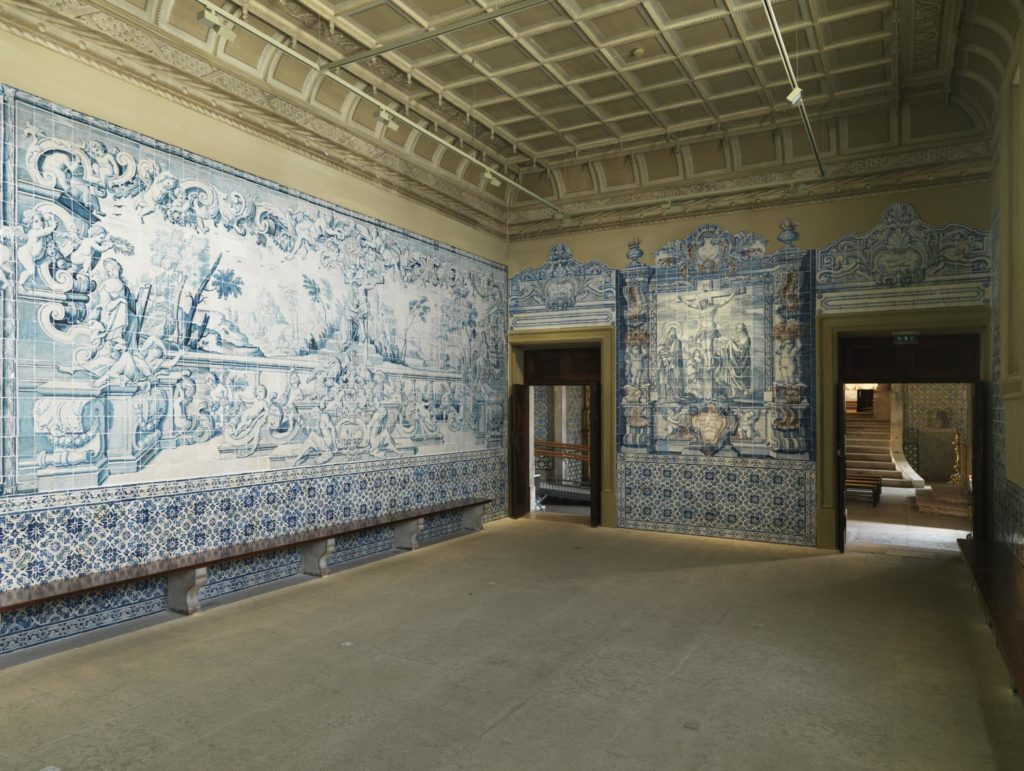
In contrast, others are assembled to form large murals that serve as visual histories, representing individuals or telling historical tales. There are instructive panels that go into great detail about how azulejos are manufactured in addition to just being images.

Museu Nacional de Arte Antiga
A National Museum of Ancient Art was set up to display the collections of the Portuguese Royal Family and the Academy of Fine Arts, but now it contains an extensive collection of paintings, photos, sculptures, furniture, jewelry as well as other artifacts. The exhibition galleries are filled with works by Portuguese, African, Asian, and European artists from the 14th-19th centuries housed within an old 17th-century palace.
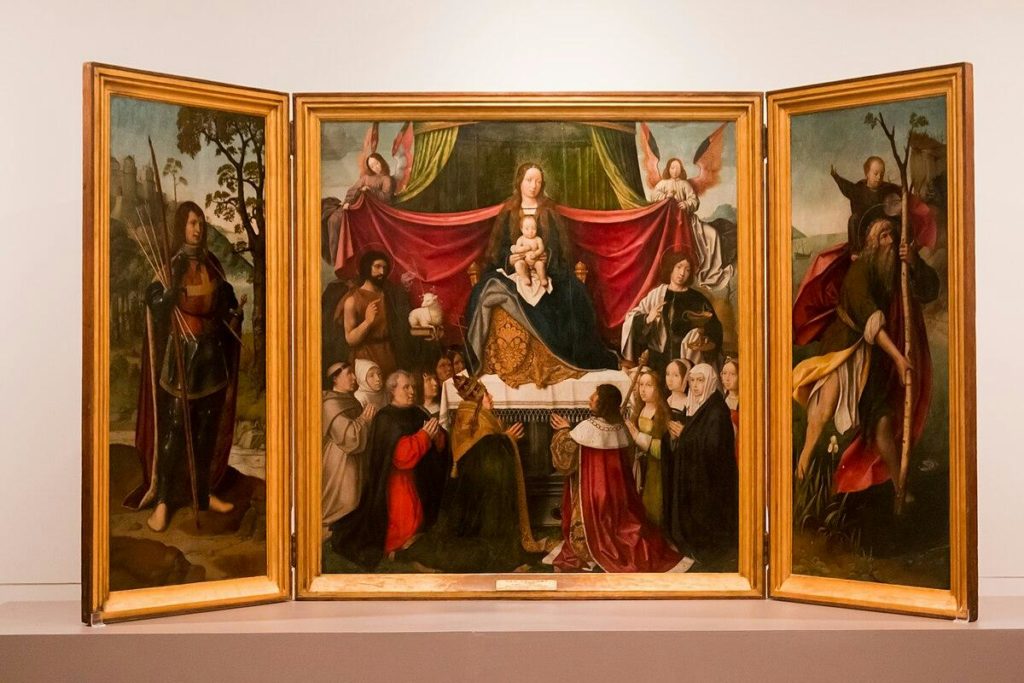
Highlights include paintings like Panels of St. Vincent and Hell, sculptures such as the ivory figure of Salt Cellar and Two-Headed Fountain, Oak paintings by Nuno Goncalves, Jan Provoost’s Our Lady Of Mercy – Saint Sebastian and Saint Christopher, on the center of the panel, sit on throne Our Lady of Mercy, with at his feet, King Manuel I and his second wife Queen Maria, the Queen Mother and his children. and the most famous work of Portuguese jewelry, Custody of Bethlehem which is the representation of the Holy Trinity further represented by the twelve kneeling apostles in the center of the work, with the oscillating white enameled gold dove, a symbol of the Holy Spirit, hovering over them. On the upper plane is the figure of God the Father, who is holding the universe’s globe, materializing the Holy Trinity in an upward motion.
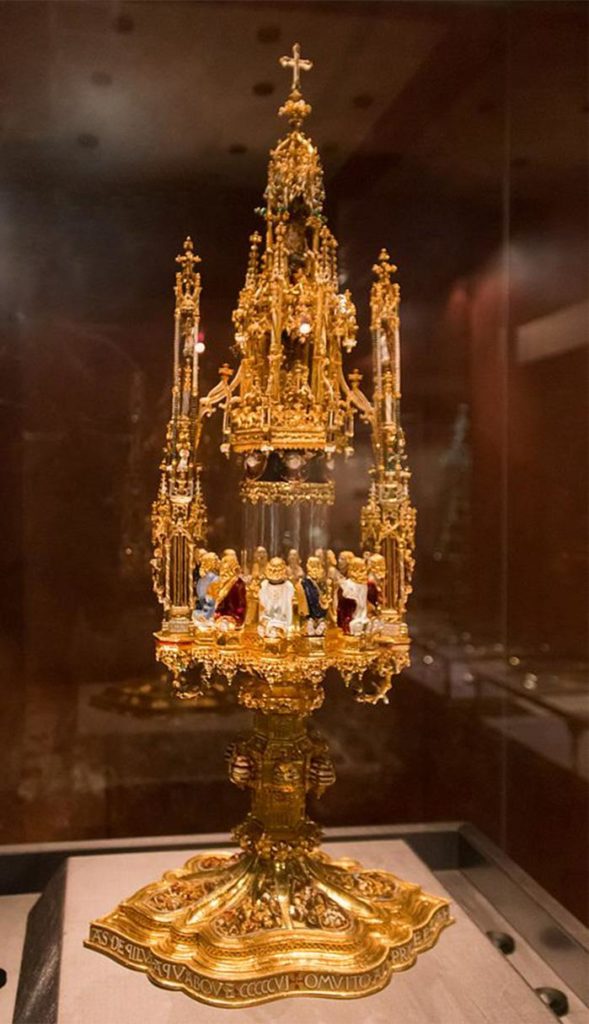
Museu Da Vila
The museum is divided thematically and displays some of the most iconic items. Through the Estandarte de Armas of the village or the beautiful Foral de Cascais granted by D. Manuel I in 1514, ancient artifacts, including cups, sandals, old photographs and videos, and interactive displays, show how Cascais evolved from prehistoric times to the 20th century such as the stylized seagull wings that are giant.

The museum also features some cutting-edge multimedia tools that let navigate through Cascais’ history. In the exhibition unforeseen aspects of the pictorial prehistoric era such as the Votive sandals, funeral artifacts accompanying the dead on their last journey, the Stone crest with the Castro family’s coat of arms located above the door of the Lordship’s palace in Cascais, Artur Anjos Teixeira’s soldier sculpture etc can be seen.

Cultural Centre of Cascais
Centro Cultural de Cascais is a vibrant hub with a focus on the visual arts, first opened its doors on May 15, 2000. The Cultural Centre hosts a variety of art exhibitions throughout the year, showcasing works by both local and international artists. These exhibitions cover various art forms, including painting, sculpture, installation art, and photography
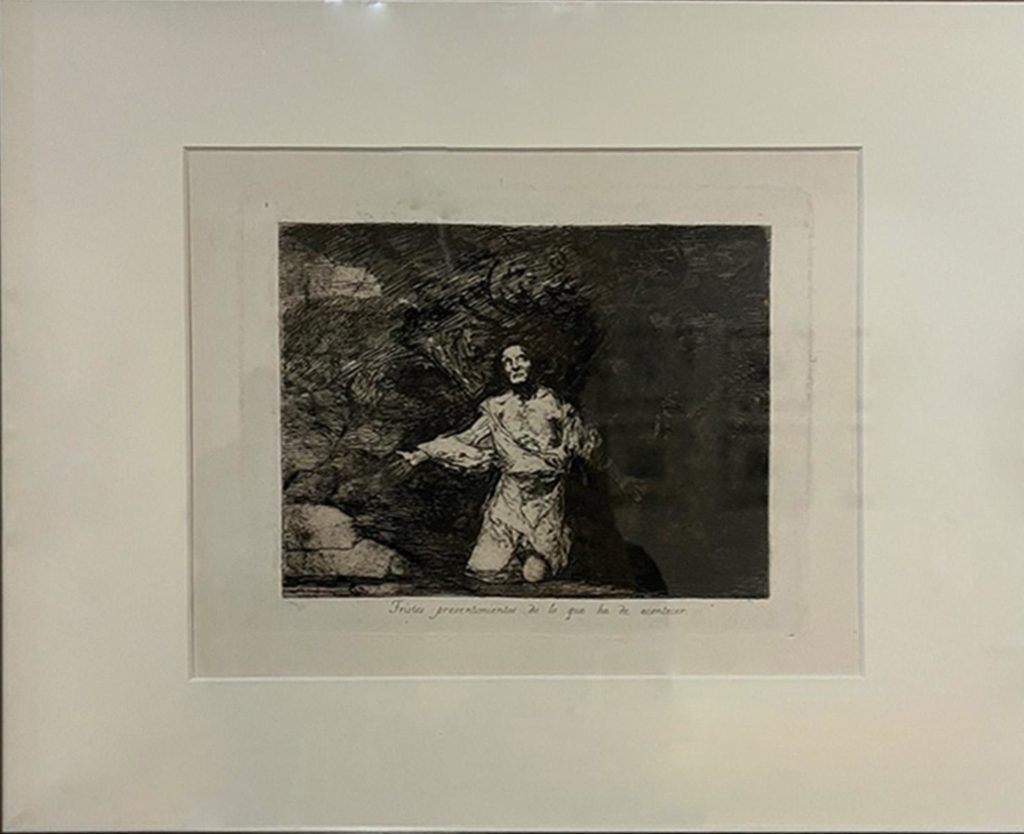
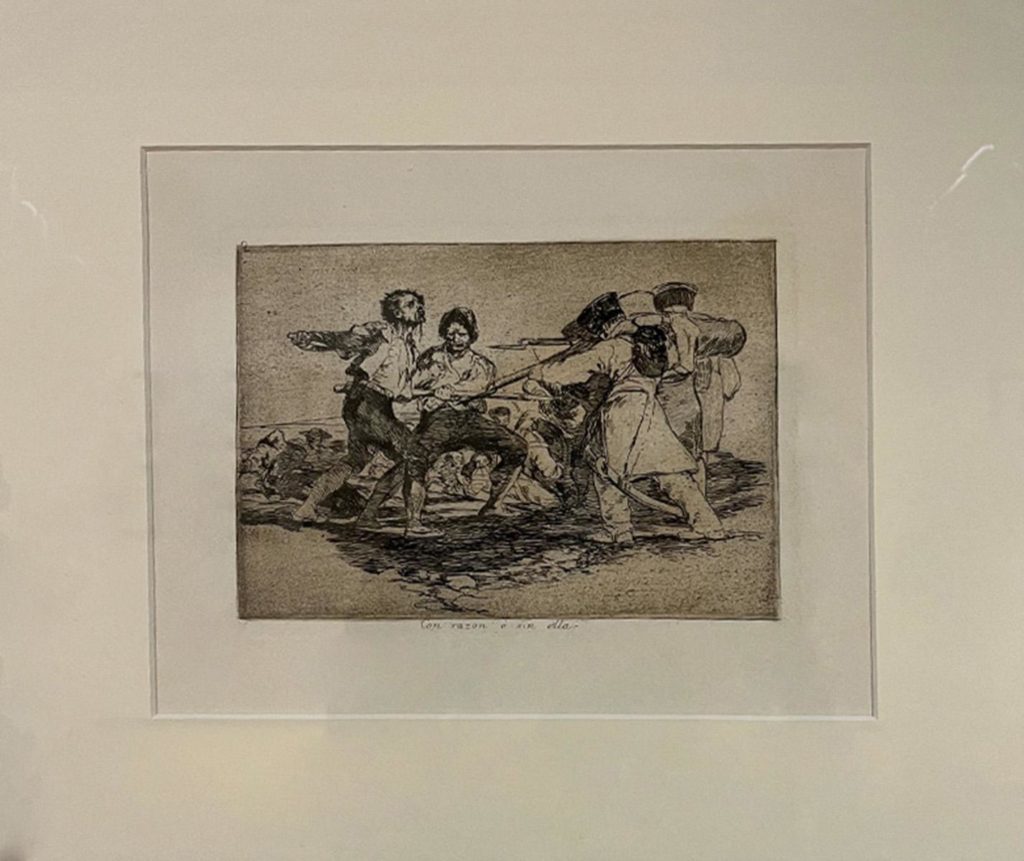
The exhibition, “Goya: Testimony of his Time” (1746–1828) featured works that had never before been exhibited in Portugal, presenting the artist’s perspective on society during the period. It brings together four series of engravings by the Spanish master and ten paintings that are on show for the first time in Portugal.
Text by Shalini Passi
Image Courtesy: Shalini Passi, National Tile Museum Lisbon, Daniel Villafruela and Sailko
To know more about the exhibitions and museums:
http://museudoscoches.gov.pt/pt/
https://lisbongo.com/national-tile-museum/
https://www.visitcascais.com/en/resource/centro-cultural-de-cascais


